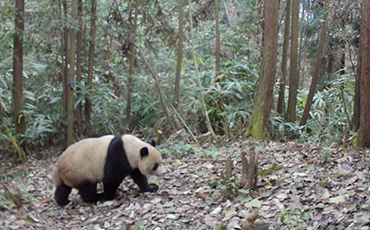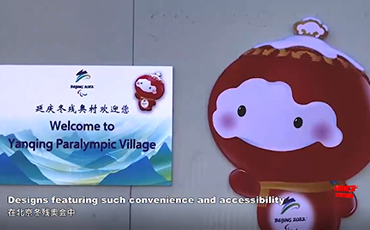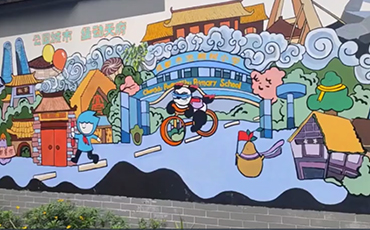Walk through streets of Europe in Qingbaijiang!
On April 26, 2013, the first train of China Railway Express (Chengdu) became operational. By the end of August, the cumulative number of China Railway Express (Chengdu) had exceeded 6,000, and a Chengdu international train network with Chengdu as the main hub, entering Europe in the west, Mongolia and Russia in the north, Japan and South Korea in the east and ASEAN in the south was initially established along with a global land and sea freight distribution system.
Relying on China Railway Express, Chengdu International Railway Port has become a platform for Chengdu, Sichuan and the whole southwest region to open to the outside world. Qingbaijiang District, where the railway port is located, has also become a distribution center for international commodities, thus the Asian Chengdu Europe national (commodity) Pavilion has evolved with times.
Covering an area of 71,333 square meters, with a construction area of about 34,000 square meters, the Asian Chengdu Europe National (commodity) Pavilion is built on the lines of "visiting Europe in Chengdu". It aims to promote the convenience of international consumption. In the future, it will become a new business card for foreign exchanges to enable opening of the hub of Tianfu and for Chengdu to turn into an international consumption center city.
When standing in the Asian Chengdu Europe National (commodity) Pavilion, it seems that you are roaming in a European style street. At the center of the building complex is an open square that houses a European bell tower which often attracts tourists for selfies. They can enjoy red wine, coffee, furniture, cosmetics, maternal and infant products, cars and a dazzling array of imported goods.
Since the opening of Italy Pavilion in September 2018, the first national pavilion to go into operation, nearly 40 pavilions including France, Germany, the Netherlands, Poland, Belarus and Greece have been introduced. A huge international business complex has been formed in Qingbaijiang and has become the platform for "the Belt and Road" product exhibition and sale, customer experience and cultural exchange.(By Edina Liang)







